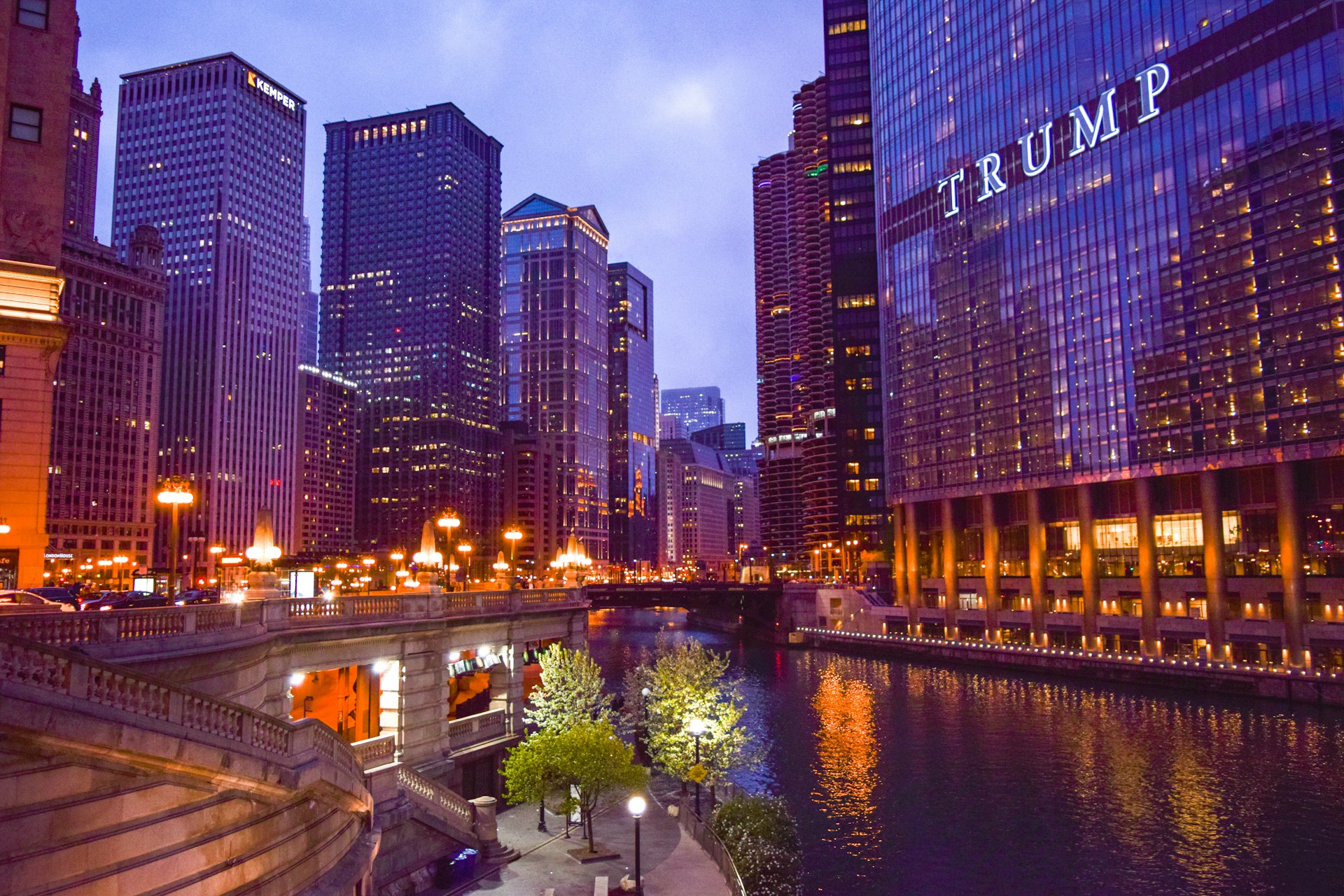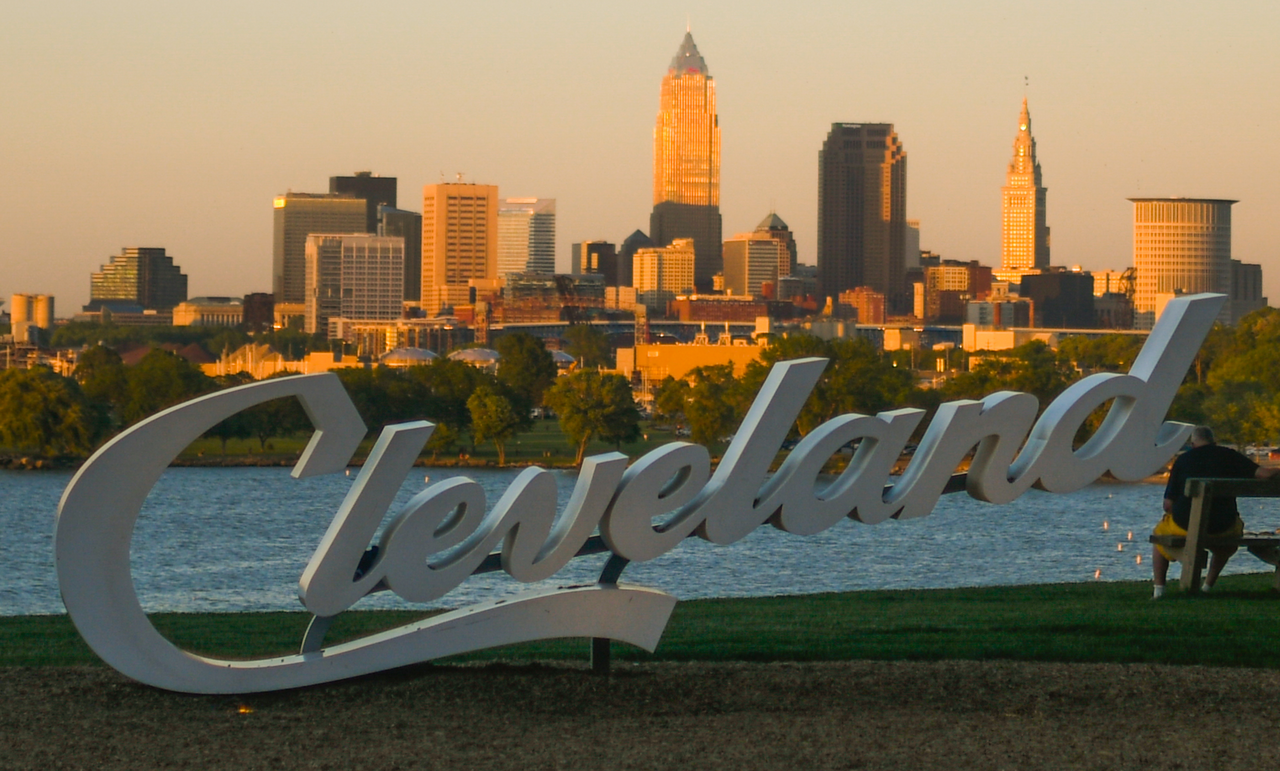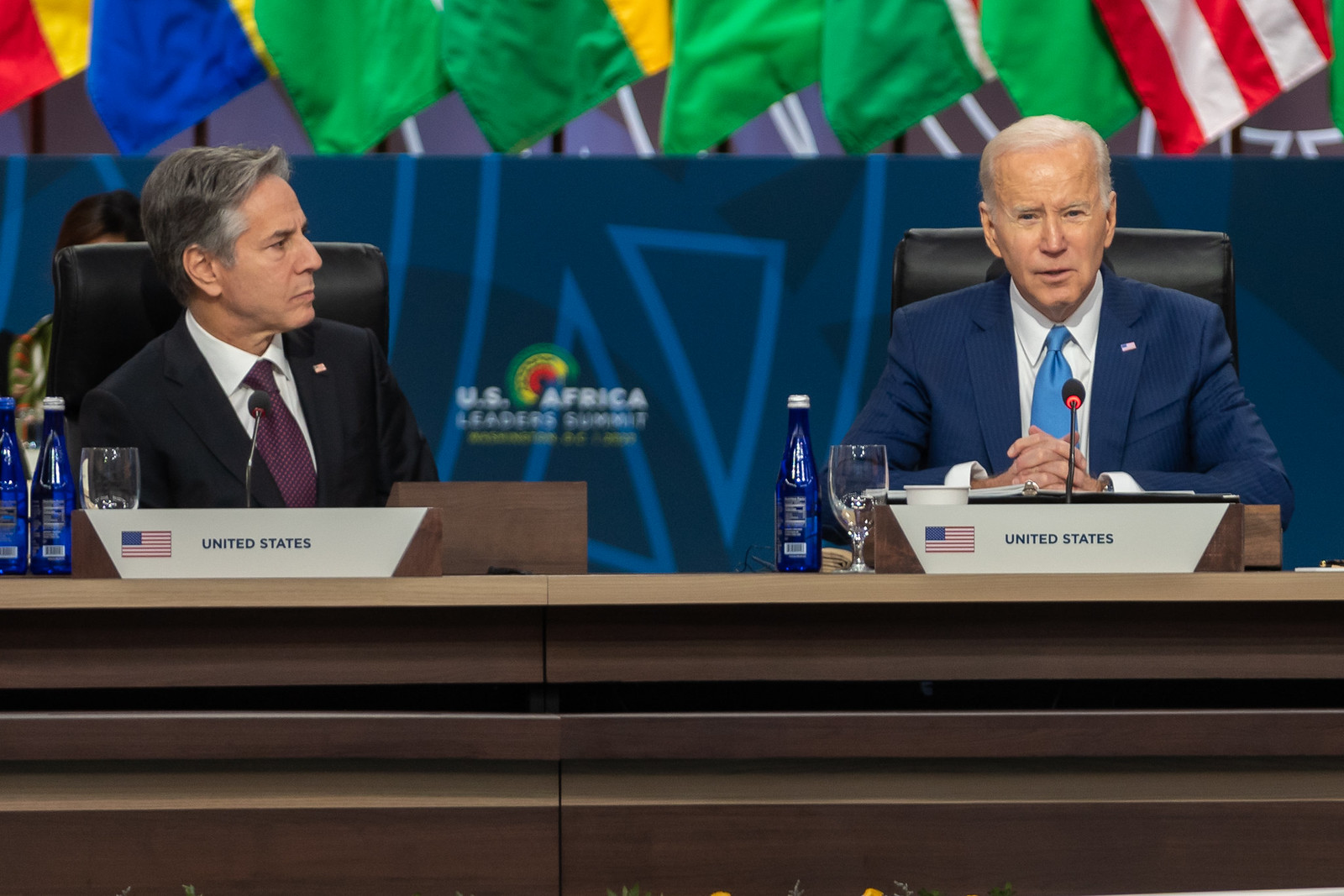A poll indicates that President Joe Biden’s margin with Donald Trump in Ohio is at its lowest level in the 2024 Election cycle.
According to a Marist poll of 1,137 registered voters, Trump leads Ohio by 48% to 41%, a state he won by eight points in both the 2016 and 2020 elections.
Smallest Margin

Trump is as of now expected to win the Buckeye State in November, yet his ongoing seven-point lead over Biden is the smallest margin in any Ohio political decision survey tracing back to November 2023, as shown by 538’s survey collection.
Trump became the only former president to be found guilty of a crime on May 30 when a jury in his hush money trial found him guilty of 34 felony counts of falsifying business records and this is the first poll conducted in Ohio since then.
District Election

The survey results likewise arrive as Republican State Senator Michael Rulli crushed Democrat Michael Kripchak in a special election race for Ohio’s sixth District seat by 10 points on Tuesday.
Although Rulli still won, his margin of victory was significantly lower than in his previous four elections, which he won by more than 30 points. Trump likewise conveyed the district in eastern Ohio by around 30 points in 2020.
Past Leads

In a National Public Affairs poll conducted at the end of May and a Data for Progress poll conducted in November, Trump led Biden by eight points (48% to 40%).
The conservative had an important lead over the president in an Emerson College survey in March 2024 (50 percent to 41), with Trump ordinarily recording double-digit leads over Biden in Ohio polls.
Predictor State

Ohio was known as a “beacon state” for a long time because it chose the winner of every presidential election from Lyndon Johnson in 1964 to Donald Trump in 2016.
The margin of victory in Ohio was additionally frequently reflected in the results in the nation overall.
2020 Shift

Be that as it may, the pattern was not upheld in 2020 when Trump figured out how to hold Ohio yet at the same time lost the political race to Biden in general.
In addition, Trump’s eight-point victory in Ohio in 2020 did not reflect the national outcome of more than 12 points; Biden defeated Trump nationwide in 2020 by 4.5 percent.
November Race

In November, when the nation votes for the next president, Ohio’s ability to remain a bellwether state remains to be seen.
With less than five months remaining, the general race between Trump and Biden appears to be neck and neck, despite the fact that Trump is anticipated to easily retain Ohio once more.
Voter Demographics

When further broken down, the Marist poll reveals that independent voters (43 percent to 37 percent) and voters under the age of 35 (46 percent to 37 percent) favor Trump over Biden.
In Ohio, Biden has been successful in reducing Trump’s lead among white voters. According to the survey, Trump has a 14-point lead over Biden in this demographic (52% to 38%), down from the Republican’s previous lead of 21 points in the 2020 election.
Loss in Support

Notwithstanding, the president has lost critical help from Black voters. In 2020, Biden won Black votes by 83%, but the Marist survey shows that this has dropped to 57%.
In the Marist poll, Trump received 25% support from Black voters. Trump is likewise the favored competitor in the possibly number one hotly debated issue political decision issue of the economy.
Ohio’s Opinion

13 percent of Democrats and 59% of Ohioans believe they and their families were “better off” under Trump’s administration.
In contrast, 39% of Ohioans believe their family’s financial situation has improved under the Biden administration.
Simulator Favors Biden

According to forecast website 538, when put through their prediction simulation Biden came out on top 53 times out of 100 versus Trump’s 47 out of 100 races.
The simulation took many factors into account including polling averages, demographic data, and economic and political indicators.
Nominee Concerns

As Biden heads into the election at 81 he faces historically low approval ratings and concerns about his age.
Meanwhile, Trump is hoping to become the first U.S. president to win a second term in office after being convicted of a crime.
Though history suggests that incumbent presidents tend to do better when they run for election it looks too close to call this far out.
